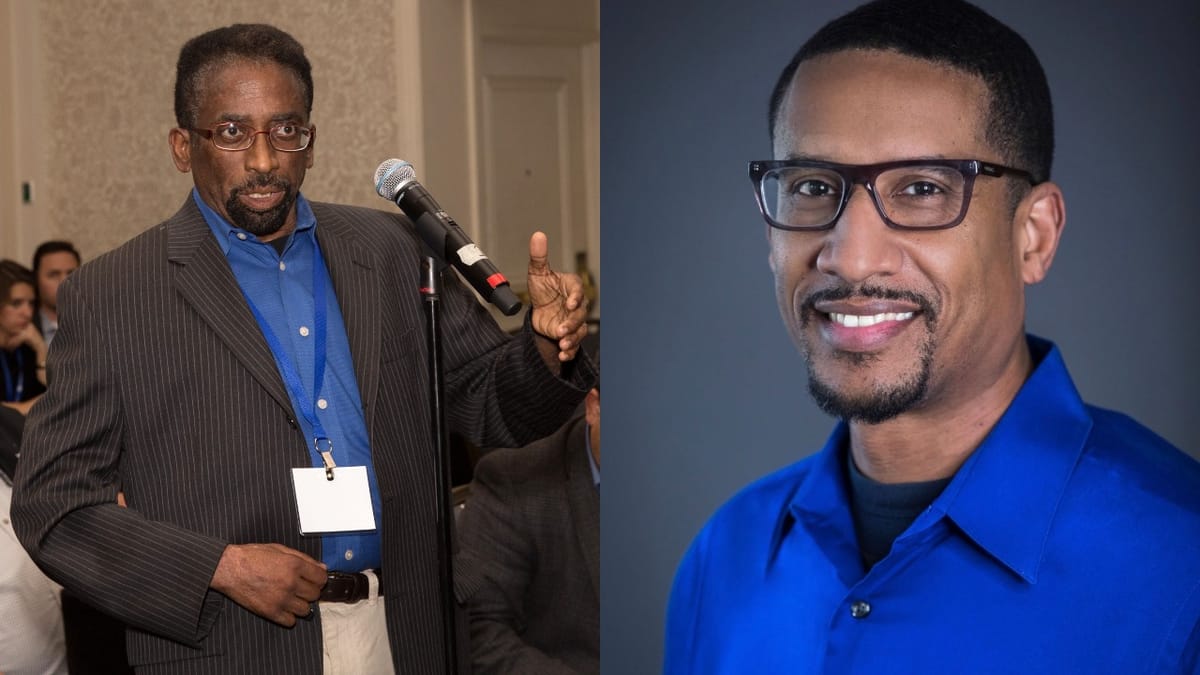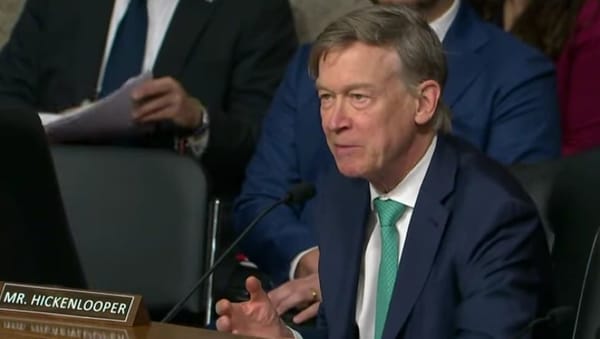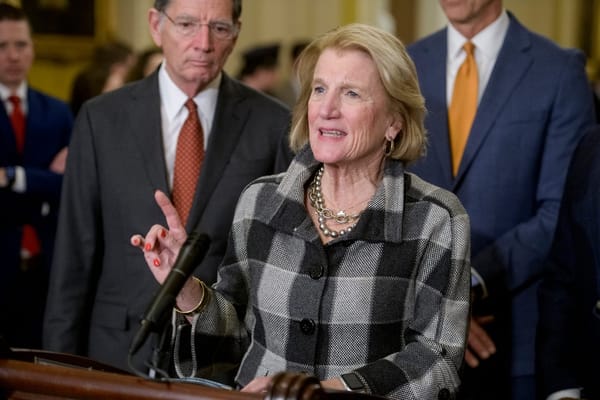Craig Settles and Sean Gonsalves: Telehealth For All is a ‘Stroke of Genius’
Without access to a secure broadband connection, the co-author of this Expert Opinion would have died.
Broadband Breakfast

My colleague Craig Settles likes to say he had a “stroke of genius” when writing his last book about building the gigabit city. “I literally had an ischemic stroke at 10:30 p.m. on a Saturday night,” he recalls. “If I had been in a low-income urban community with poor communication infrastructure, or in a rural area with bad broadband, I’d probably be dead.”
The “genius” part was realizing broadband is magic that directly or indirectly enables us to perform minor and major miracles that we could not do before, but faster and easier.
When Craig moved to Alameda, California, situated less than five miles from the heart of Silicon Valley, he could not get cell service without a signal booster, and even then it was sketchy. Several years later the service was better, which allowed him to speed-dial his best friend who called 9-1-1.
The neurologist who set up the stroke center in Alameda Hospital had mirrored much of its technology and servers in her home so she could see everything the ER staff was seeing as they administered life-saving procedures within 25 minutes of Craig’s gurney hitting the ER door.
While Craig counts his blessings, over 14 million urban households do not have broadband in their home – 75 percent of whom are African American and other people of color. Millions more technically have home Internet service but don’t have the connection speeds and capacity to use the applications needed for remote work and school, or telehealth.
And don’t forget the 4 million rural homes that do not have broadband subscriptions.
Broadband as Social Determinant of Health
The essential nature of broadband came to the fore with the onset of the pandemic. And it compelled states and local communities across the nation to take the connectivity crisis far more seriously, especially with the influx of federal funds from the American Rescue Plan Act and the Infrastructure Investment and Jobs Act.
Although advocates commonly, and understandably, tout the importance of broadband access in the context of remote work and schooling, what often gets overlooked are the transformative powers of telehealth and its potential to drive broadband adoption.
It’s no exaggeration to say that broadband is a major social determinant of individual health as it enables access to virtual healthcare and facilitates a host of other things critical to health, such as education, employment, housing, and social services, all of which require broadband, most especially for telehealth applications.
More than video chats with your doctor, telehealth uses high-speed Internet connectivity to observe, diagnose, initiate or otherwise medically intervene, administer, monitor, record, and/or report on the continuum of care. Public health, in particular, can leverage telehealth to a great advantage.
Yes, healthcare providers are increasingly integrating telehealth into the delivery of care. But, if the patients most in need of better access to healthcare do not have access to broadband, as well as computing devices and digital skills, tremendous healthcare benefits and cost-savings will be needlessly missed.
This suggests that “fiscally conservative” elected officials, many of whom claim to support universal access to broadband while lamenting the high cost of healthcare, have been thinking about this whole thing backwards. Instead of wailing about the cost of building universal robust broadband infrastructure that could be used for telehealth, why not flip the script?
Achieving universal broadband infrastructure that would last a lifetime would cost on the order of $100 billion, which is just two and a half percent of what we spend on healthcare in this country every single year. Hundreds of academic and industry studies say that even the most conservative telehealth initiatives save more than two and a half percent of system costs.
Talk about a return-on-investment! A hint of this can be seen in a study done by the National Center for Biotechnology Information which found there were as many as 3.5 million potential preventable adult inpatient hospital stays in 2017 alone. That amounted to $33.7 billion in health care costs just for that year.
Telehealth can eliminate many of those stays. And in terms of improving health outcomes, the study further found that the elderly, men, Black communities, and those insured with Medicaid would reap the biggest benefits.
So why not exploit the math, and pay for broadband using healthcare savings? Let’s connect every home, hospital, and community anchor institution in the country to robust broadband, and transform healthcare while bringing it into the 21st century. The municipal broadband model in which local communities build and own the infrastructure is ideal.
Telehealth Can Drive Broadband Adoption
Looking at it this way, universal access to telehealth has the potential to simultaneously solve the connectivity crisis and ensure that millions of families can lead healthier lives.
Here are six tactical ways of using telehealth to maximize public health in a community along with increasing broadband adoption.
- Re-inventing the doctor’s office visit for a variety of healthcare practices
Understanding telehealth, all you need are four walls, an Internet connection, a computer, a healthcare partner, and a healthy imagination to create a range of practical telehealth solutions.
Transform barbershops and hair salons into Covid vaccination and hypertension screening centers. The school nurse’s office can now become school telehealth centers. Libraries are starting to add telehealth kiosks.
Libraries Without Borders uses interactive Web health content, laptops, and wireless gear to outfit intercity laundromats on Saturdays. Tucson used ARPA funds to build out a wireless network on top of the city’s fiber infrastructure and gave 5,000 low-income homes the ability to have telehealth resources.
- Telehealth can marry chronic healthcare, home care, and public health
Frederick Memorial now distributes hundreds of tablet computers for remote patient monitoring in patients homes to check their vital signs, changing medical conditions and treatments, with data that goes to the hospital daily.
Urban hospitals should partner with ISPs to leverage the FCC’s Affordable Connectivity Program subsidy of up to $30 per month for Internet service and up to $75/month for households on Tribal lands. ACP also offers a $100 discount on computing devices.
- Enhance the emergency response and Emergency Department to save more lives and money.
African Americans and other populations of color have the highest rates of strokes, heart attacks, and other medical trauma. We could reverse the trend of hospitals that abandon poor urban communities and replace them with city telestroke or telehealth critical care “broadband subnetworks” that are hosted by major hospitals and linked to Federally Qualified Health Center, clinics, and other facilities.
- Expand efficiency of mental healthcare delivery
Mental health professionals getting to see patients in their homes and therefore providing an alternative to needing to go to a therapist’s office can not only eliminate no-show appointments but can provide those most in need of therapy with broader access to a variety of specialists.
Leveraging telehealth can be especially empowering for underserved communities in which approximately 30% of African American adults with mental illness receive treatment each year, compared to the U.S. average of 43%, according to the National Alliance on Mental Illness.
But as Carly McCord, Director of Clinical Services at the Texas A&M Telehealth Counseling Clinic, rightly points out: “Often we’re talking about intensive therapy, like treating PTSD, which you can’t do with crappy Internet connections. When your patient’s disclosing a trauma and your connection glitches, or you miss a word and have to say, ‘I’m sorry. Can you repeat that? ‘This is a huge problem.”
- Improving senior care and facilitating aging in place for our nearly 60 million seniors
Three-in-four older Americans want to stay in their homes and age in place, according to a AARP survey. And, if offered a choice, about 53 percent of respondents say they would prefer to have their health care needs managed by a mix of medical staff and healthcare technology.
A key broadband element in this telehealth equation is “smart home” technologies that include wirelessly-controlled sensors. Some sensors now can determine whether a person sat up in bed or actually fell on the floor, if patients are eating regularly, or if they are taking their medications on time.
- Re-imagining what hospital care can be
In areas prone to natural disasters, make prior arrangements with hotels, college dorms, warehouses, and other facilities where you can bring in generators, computers, telehealth equipment, and wireless intranets.
Use these buildings for seniors with health conditions who have been displaced: people with chronic illnesses and patients with non-serious injuries from the disaster should those people not have easy access to other residential or healthcare facilities.
Building and subsidizing access to robust community-owned broadband networks is a wise investment because it will improve health outcomes and return significant community savings for decades to come.
And with a flood of federal funds available to build broadband infrastructure and advance digital equity, we have a once-in-a-life opportunity to stitch this all together and deliver telehealth for all.
Sean Gonsalves is a Senior Reporter, Editor and Communication Team Lead for the Institute for Local Self Reliance’s Community Broadband Networks Initiative. Saved from a stroke by telehealth, Craig Settles pays it forward by uniting community broadband teams and healthcare stakeholders through telehealth-broadband integration initiatives. This piece is exclusive to Broadband Breakfast.
Broadband Breakfast accepts commentary from informed observers of the broadband scene. Please send pieces to commentary@breakfast.media. The views reflected in Expert Opinion pieces do not necessarily reflect the views of Broadband Breakfast and Breakfast Media LLC.










Member discussion